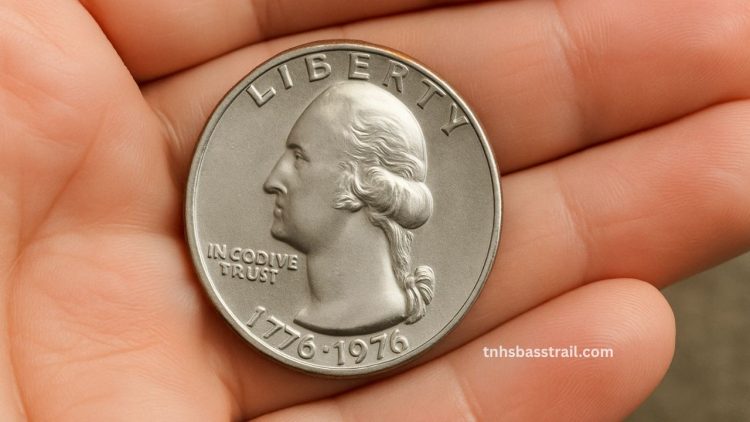The discovery of a 1976 Bicentennial Quarter worth $40,000 has recently captivated the numismatic community. Found in an ordinary change jar, this coin’s extraordinary value underscores the potential hidden in everyday currency.
The Significance of the 1976 Bicentennial Quarter
Issued to commemorate the 200th anniversary of American independence, the 1976 Bicentennial Quarter features a unique reverse design of a colonial drummer boy and the dual date 1776–1976.
While over 1.6 billion of these quarters were minted, certain rare variants have become highly sought after by collectors.
Factors Contributing to High Valuation
Several key factors can elevate the value of a Bicentennial Quarter:
- Minting Errors: Mistakes during production, such as double die obverse (DDO) or reverse (DDR) errors, can make a coin exceptionally rare.
- Wrong Planchet Strikes: Coins struck on incorrect metal blanks, like those intended for dimes or foreign coins, are highly prized.
- Clad Layer Issues: Coins missing their outer layers or with split planchets can fetch significant sums.
- Brockage Errors: Coins with mirrored impressions due to another coin sticking to the die during striking are extremely rare.
- Proof and Silver Variants: Special editions, especially those minted in San Francisco with a silver composition, are more valuable.
Notable Sales of Bicentennial Quarters
The table below highlights some remarkable sales:
| Coin Description | Sale Price |
|---|---|
| Full Brockage Error Bicentennial Quarter | $40,000 |
| 1976-S Silver Proof with Double Die Obverse (PR69) | $13,500 |
| Bicentennial Quarter Struck on 1-Cent Planchet | Over $25,000 |
| Double Struck with 80% Off-Center Second Strike | $8,800 |
| 1975 No ‘S’ Proof Bicentennial Quarter | Nearly $4 million |
Identifying a Valuable Bicentennial Quarter
To determine if your Bicentennial Quarter is valuable, consider the following:
- Weight Anomalies: Standard quarters weigh 5.67 grams. Deviations may indicate a wrong planchet.
- Visual Inspection: Look for doubling in inscriptions, off-center strikes, or unusual coloration.
- Mint Marks: Check for missing or misplaced mint marks, especially the ‘S’ for San Francisco.
- Professional Grading: Submitting your coin to services like PCGS or NGC can authenticate and grade its condition.
The discovery of a $40,000 Bicentennial Quarter serves as a reminder that valuable treasures can be hidden in plain sight.
By understanding the characteristics that contribute to a coin’s value, collectors and enthusiasts can better identify potential rarities in their possession.
FAQs
What makes a 1976 Bicentennial Quarter valuable?
A combination of factors, including minting errors, unique planchet compositions, and special proof editions, can significantly increase a Bicentennial Quarter’s value.
How can I verify if my Bicentennial Quarter is rare?
Examine the coin for anomalies such as weight differences, visual errors, and unusual mint marks. Consulting with a professional grading service can provide authentication.
Where can I sell a valuable Bicentennial Quarter?
Reputable auction houses like Heritage Auctions or Stack’s Bowers, as well as certified coin dealers, are ideal venues for selling rare coins.
